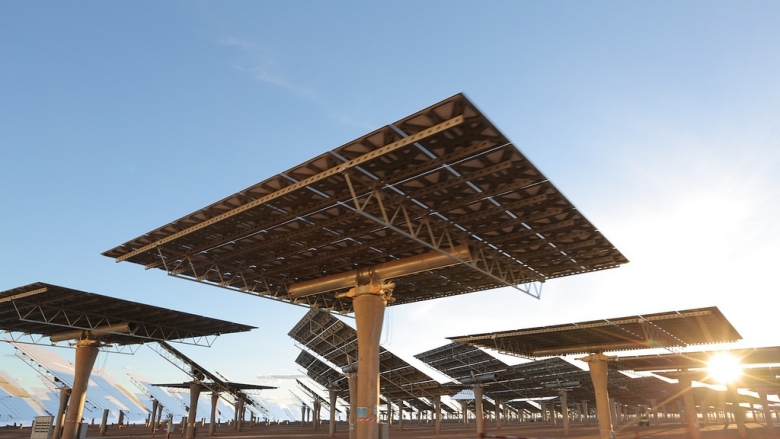The more than $8 billion Climate Investment Funds (CIF) is among the largest climate funds in existence. CIF has a tried-and-tested business model that delivers impact and holds lessons for the broader climate finance community.
To celebrate this milestone, from January 28-29 CIF convened partners, changemakers, and leaders from across sectors and geographies at the “Power of 10: Shaping the Future of Climate Action” summit in Ouarzazate, Morocco. The event focused on charting bold paths forward for climate action, challenging participants to explore new levers of opportunity and leave “business as usual” at the door.
The Power of 10 not only honored CIF’s ten years of experience, it also drew on successes and lessons learned from those ten years to help shape climate action going forward. Power of 10 participants were encouraged to think of themselves as active agents and make substantive contributions to the dialogue on climate solutions. Participants ranged from government ministers to corporate executives, leaders of international organizations to entrepreneurs. Over two days, they discussed hundreds of climate action-related topics across 30 individual sessions, comprising interactive workshops, high-level panel discussions, report launches, and virtual reality experiences.
The proceedings began with the premiere of a documentary that demonstrated how CIF financing has had transformative impact on lives and communities. The CIF event also saw the release of three highly anticipated reports: an independent evaluation of how CIF’s unique approach to climate finance promotes transformational change, and a learning review of the Dedicated Grant Mechanism (DGM) for Indigenous Peoples and Local Communities.


